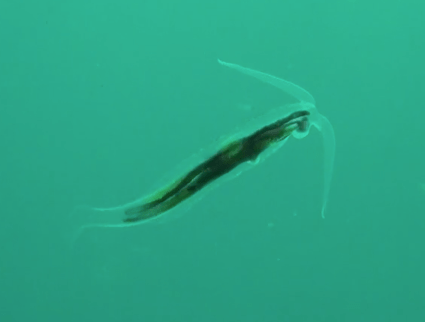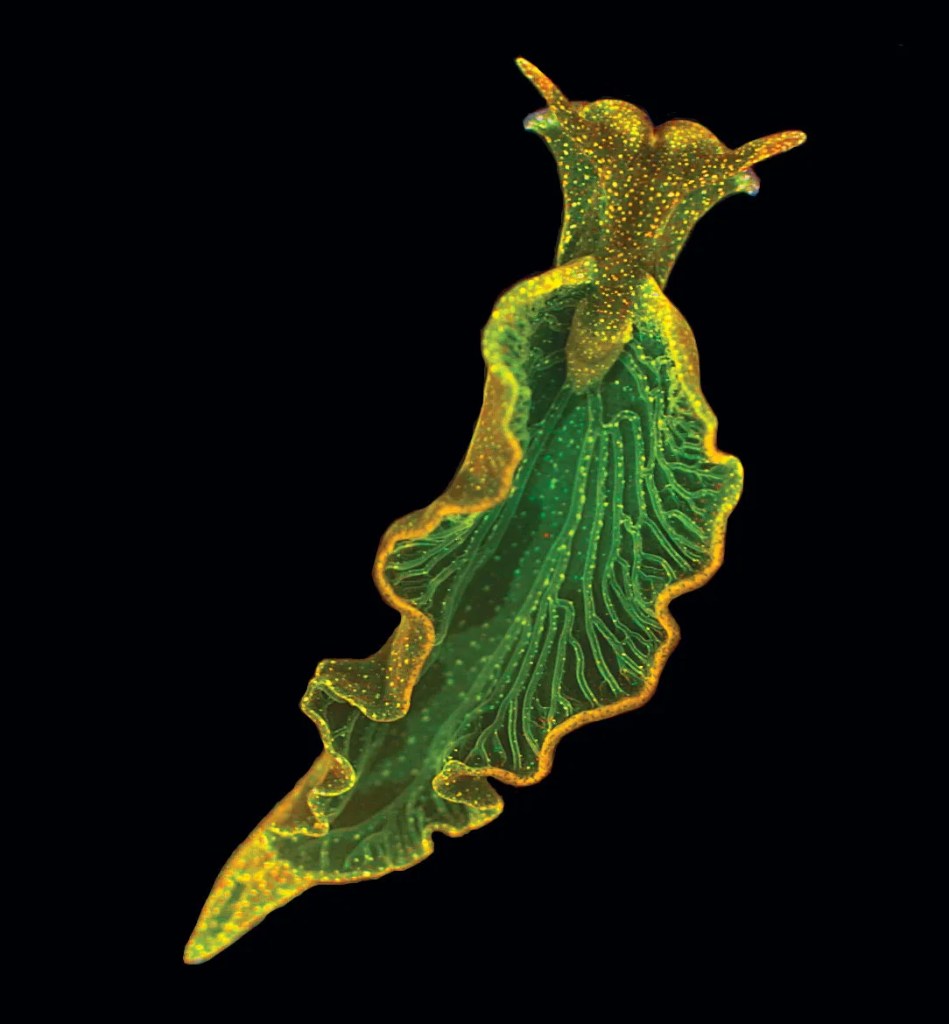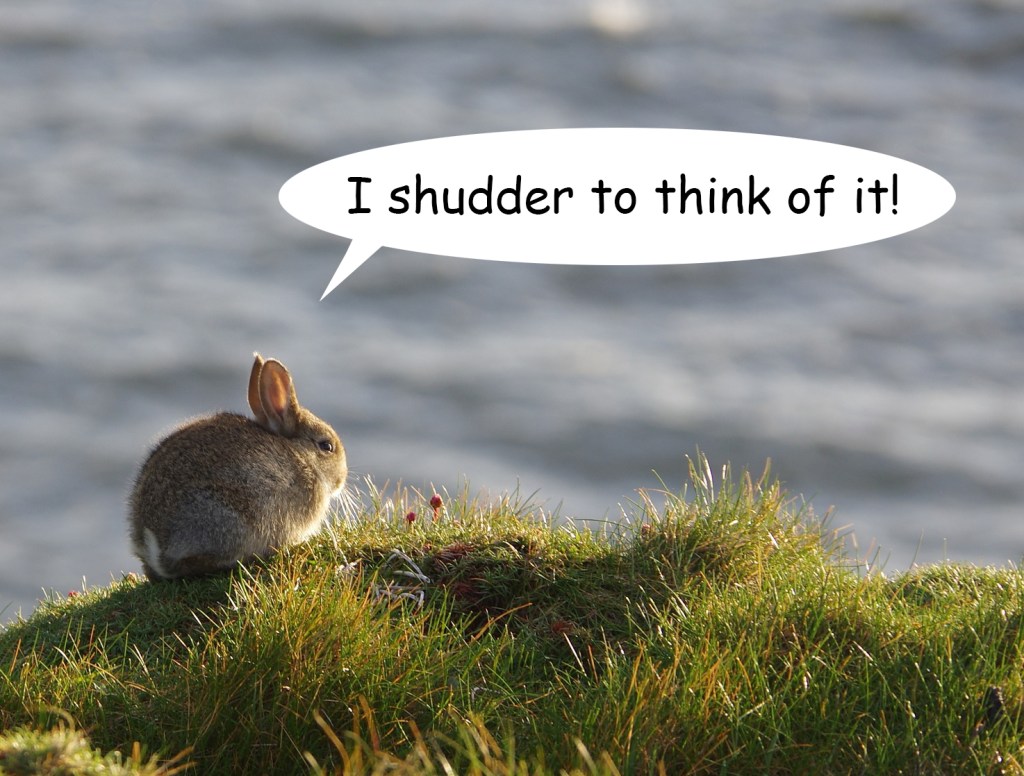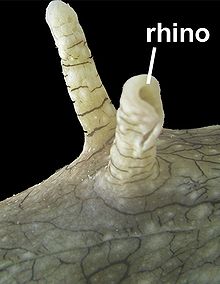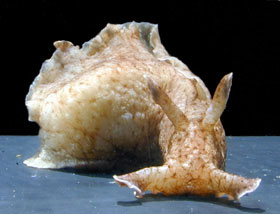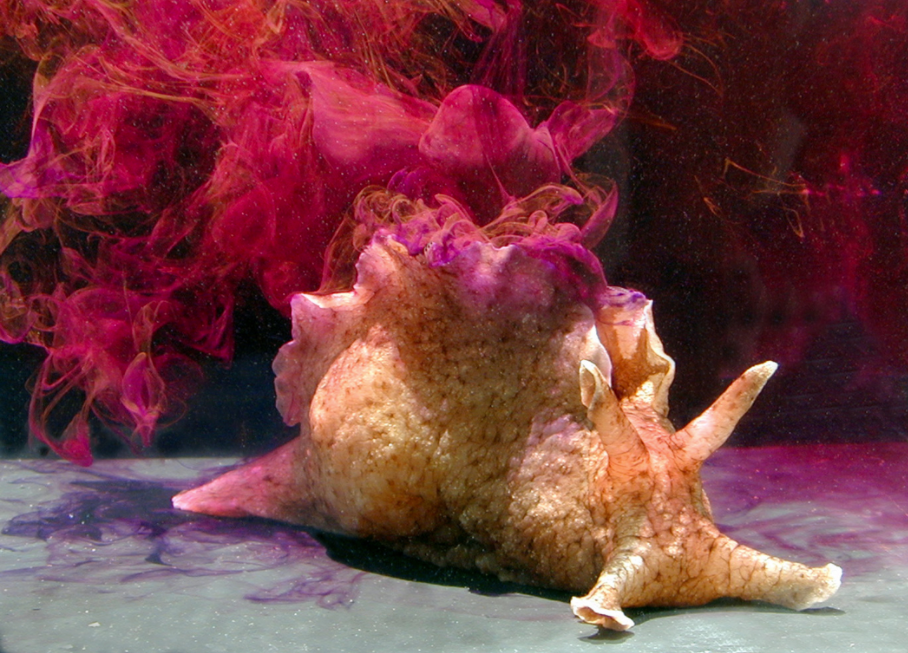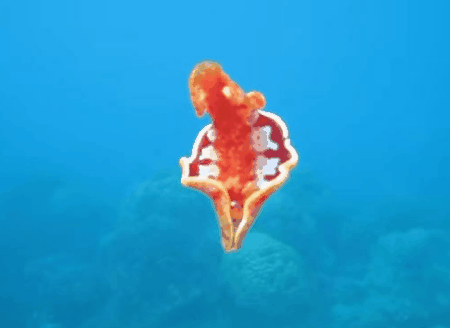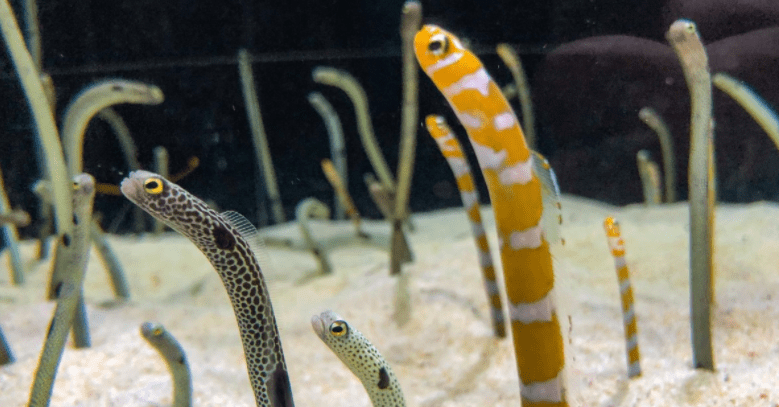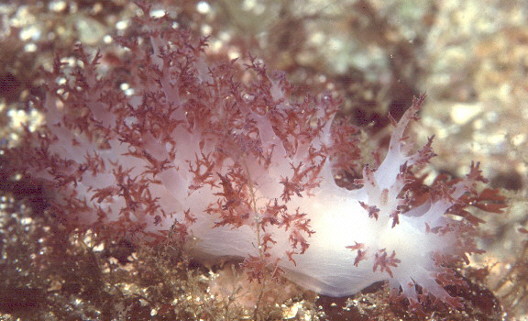Hey there! I’m getting May’s NUDI GILL PIN-UP in just under the wire! It’s been a busy time for me. I’ve been putting the finishing touches on NUDI GILL as well as creating art for IN A CAVE, and a few other new picture books in the works! But, I couldn’t let May slip by without mentioning this most magnificent superstar pin-up:
Glaucus Atlanticus

OI! What A Beauty, RIGHT?
These pelagic nudibranchs were in the spotlight this past winter because thousands of them started washing up along the Queensland coast of Australia. (Remember Australia’s summer runs from December to February, so by winter, I really mean Australian summer). These poisonous sea slugs, also known as Blue Dragons, recently became one more fascinating creature on the long list of Australian fauna that can kill you. Usually these nudibranchs are found in open water nibbling on Blue Bottles, but for some reason they surfed their way to the shores, much to the delight and then horror of summer beachgoers. Scientists are not sure why this happened, but it could be due to a number of factors such as unusually strong tides, shifts in currents, and warming ocean temperatures.
And it’s not over yet! If you’re like me and heading to the US beaches this summer, keep an eye out for blue fleets of these little guys. Since last month there are reports of them washing up along the gulf coast of Texas.
Recently in texas…
Blue Dragons love to feed on the Portuguese Man-O-War (or as they call them in Australia, Blue Bottles). This is how they acquire their deadly neurotoxin venom and lovely blue hues.
BLUE BOTTLES
Though they are often mistaken for jellyfish, these creatures are siphonophores. This means they are colonial organisms, made up of many smaller units called zooids. The colony works together to operate as a single organism. These dangerous siphonophores have long tentacles that can sting even when separated from the main body. When I was a kid, some floating tentacles wrapped around my legs while I was swimming off the shore of Hollywood Beach, Florida. It was a terribly painful experience that left red welts on my legs for days.
I’m going to geek out a bit with this follow up image which I find to be UBER-fascinating showing what parts of this creature do what.

Now back to the star of this show…
GLAUCUS ATLANTICUS!!!!!
Probably the smallest dragon in history (or mythology), this nudibranch species rarely exceeds 3cm in length. It stores a tiny air bubble in its tummy to stay afloat. When it wants to dive, it simply burps. Now, before you die from that tidbit of cuteness, remember that it’s not called a dragon for nothing. The Glaucus Atlanticus does not produce venom on its own. It stores the venom it ingests from the Blue Bottle’s tentacles. But when Glaucus Atlanticus does decide to sting, watchout! It can inject more poison than the Blue Bottle itself!
Even so, Glaucus Atlanticus is small and vulnerable to predators as it travels in the wide open water column. It uses countershading to camouflage itself like many other sea creatures do. Its bright blue top hides it from predators above, looking down into the deep blue of the ocean, while its light grey underside mimics the sunlit water surface, hiding it from predators below.

Thank you for taking the time to get to know May’s magnificent NUDI GILL PIN-UP, Glaucus Atlanticus. Stay tuned for June’s gorgeous supermodel.
Hooroo!


Bonnie Kelso writes and illustrates books for children and adults that encourage individualism and brave self-expression. She facilitates art workshops for her local community and beyond. Her debut picture book, NUDI GILL, releases in March, 2023. A lover of nature and travel, she often wanders about outside with her family whenever an excellent opportunity to do so presents itself.







